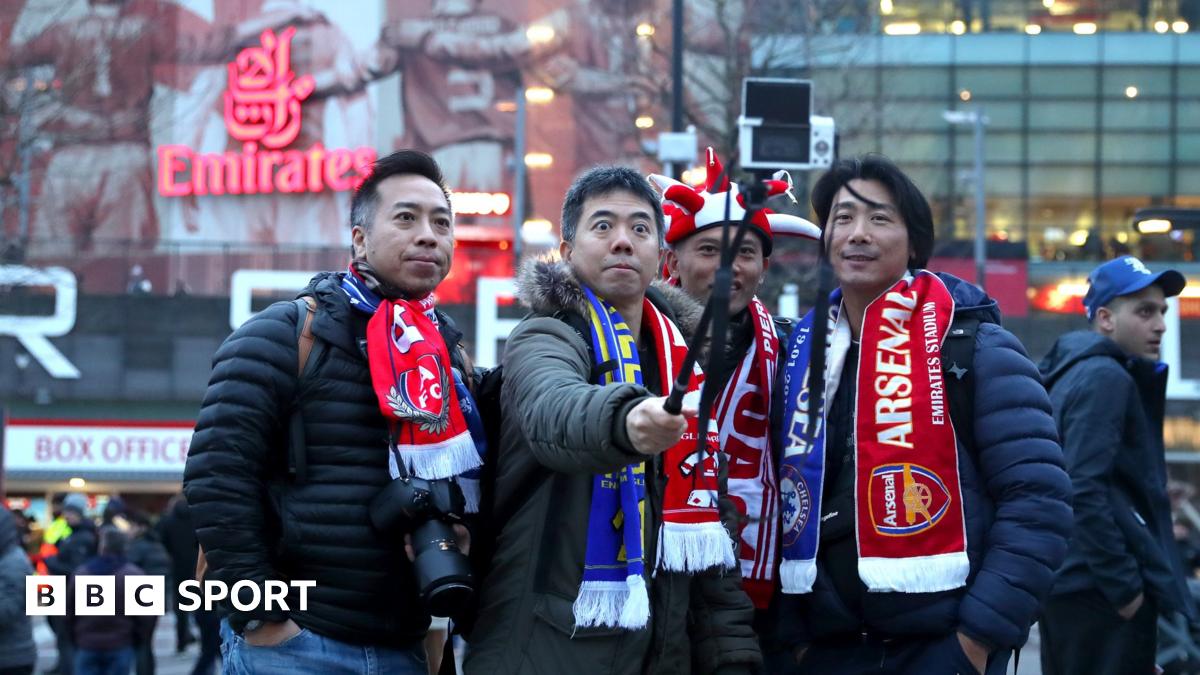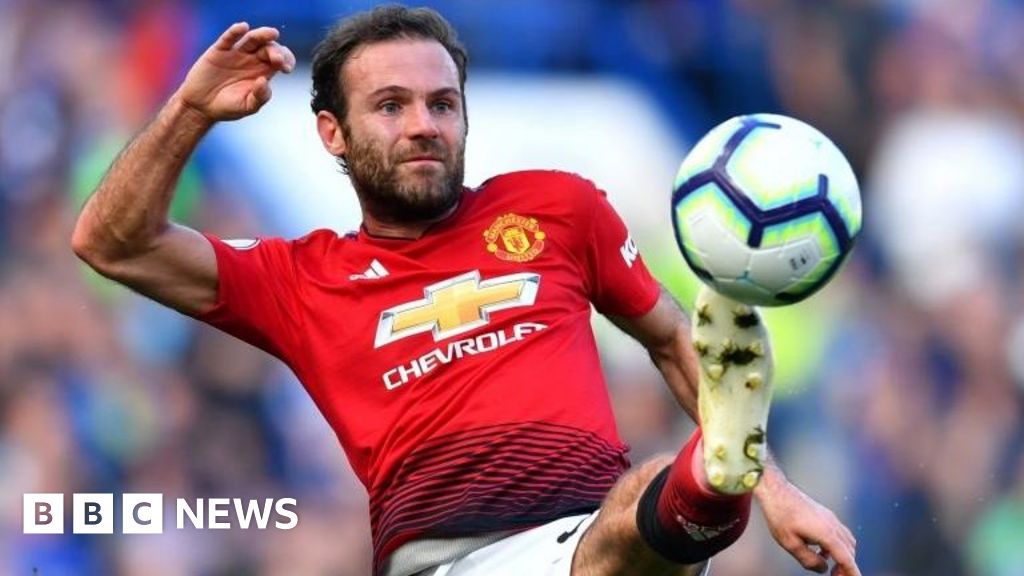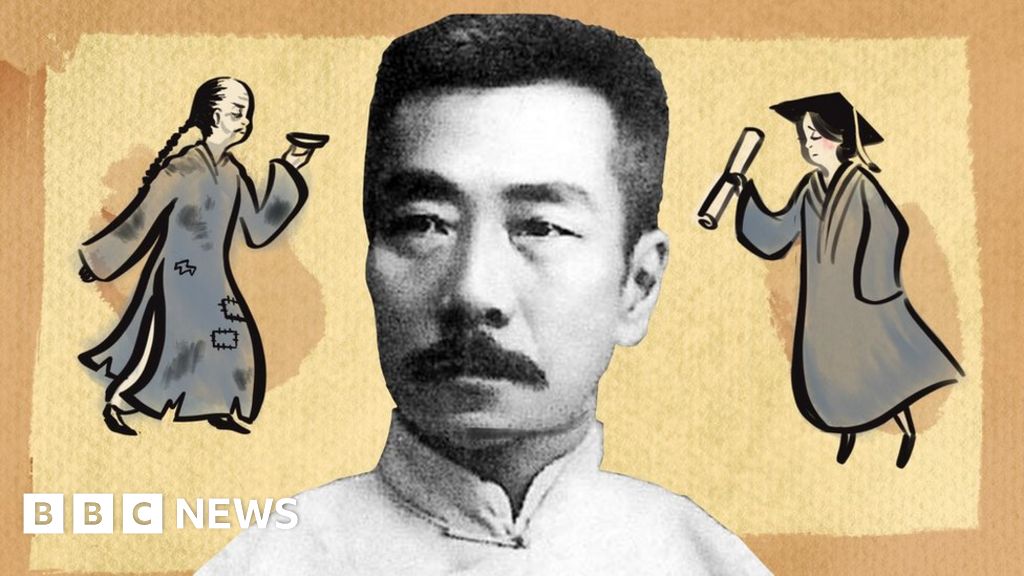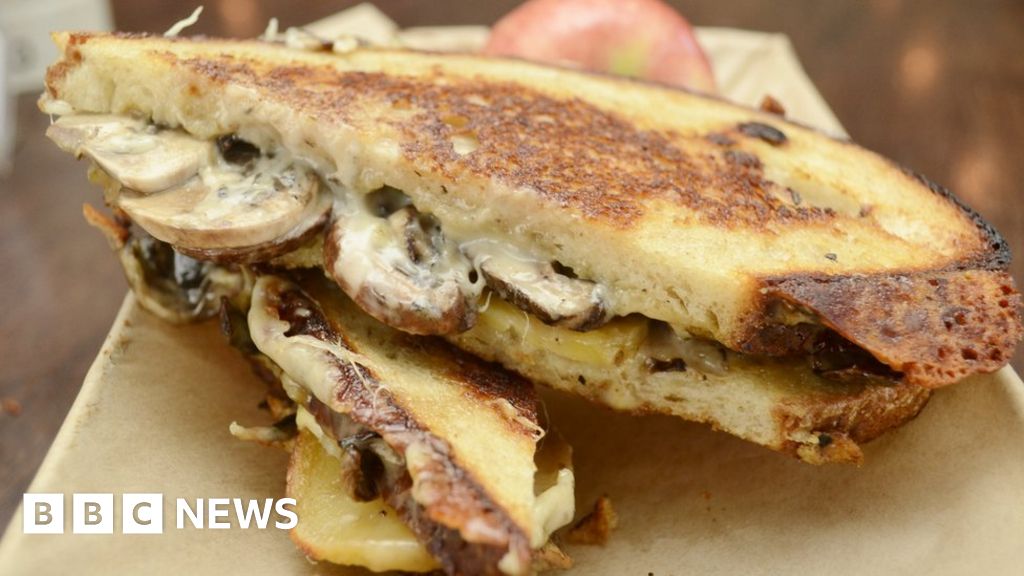Football tourism – why it’s not just half and half scarves

[ad_1]
Premier League clubs are wise to the global popularity of their product and the opportunities in front of them.
England’s top division is broadcast to 212 territories and an audience in the billions.
What we currently have is a battle for territory amongst the league’s top sides as illustrated by the destination of the ‘big six’ on their pre-season tours: Arsenal and Liverpool (United States), Chelsea (Japan), Manchester City (China and Japan), Manchester United (Australia, Singapore and China) and Tottenham (Singapore and China).
Within this, there are areas of particular appeal to certain clubs.
Tottenham are savvy to their increased status in South Korea, having appointed a brand management company in 2016 to help them capitalise on their growing popularity in the country as a result of their forward Son Heung-min.
But the most ambitious are after the world.
Manchester City’s parent company, the City Football Group, have seven clubs and 12 offices in key markets across the world, as part of a plan to transport the club from Greater Manchester to the globe – a process referred to by sports business consultants as “glocalisation”.
Authenticity is a key word. City have nine international websites and social media accounts in 13 languages, including Thai, Indonesian, Mandarin, Spanish and Portuguese, which they are “constantly temperature checking” to make them relevant to their intended market, in part through locally based content producers.
Like many clubs, they also stage fan engagement activities around the world, including match day screenings, pre-season tours, friendlies and community projects. The club are currently midway through a global tour, visiting 12 countries with the six pieces of silverware they won last season, and hosting fan events featuring ex-players Paul Dickov, Micah Richards and Shaun Wright-Phillips.
And it is not just the clubs coining it in.
Independent merchandise sellers at grounds have been quick to respond to the desires of overseas fans, including the increased stocking of those divisive half and half scarves.
“I’ve been doing this for 15 years and there’s definitely been an increase in football fans from overseas,” Graham Anderson, a seller outside Goodison Park, tells BBC Sport.
“Whether it is Everton or Liverpool at home they come to see the city – that’s a big sell for them – and even if they are not going to watch the actual game they come to check out the stalls and soak up the atmosphere.
“They come from all over. We get lots from Iceland and America while badges and the scarves are popular with fans from China and Japan.
“We don’t get the locals buying the half and half scarves and they do cause quite a bit of upset among fans but I find the overseas fans like to buy them to mark the game they’ve come to see. It’s not always easy or affordable to travel over so they want to mark it.”
Source link




